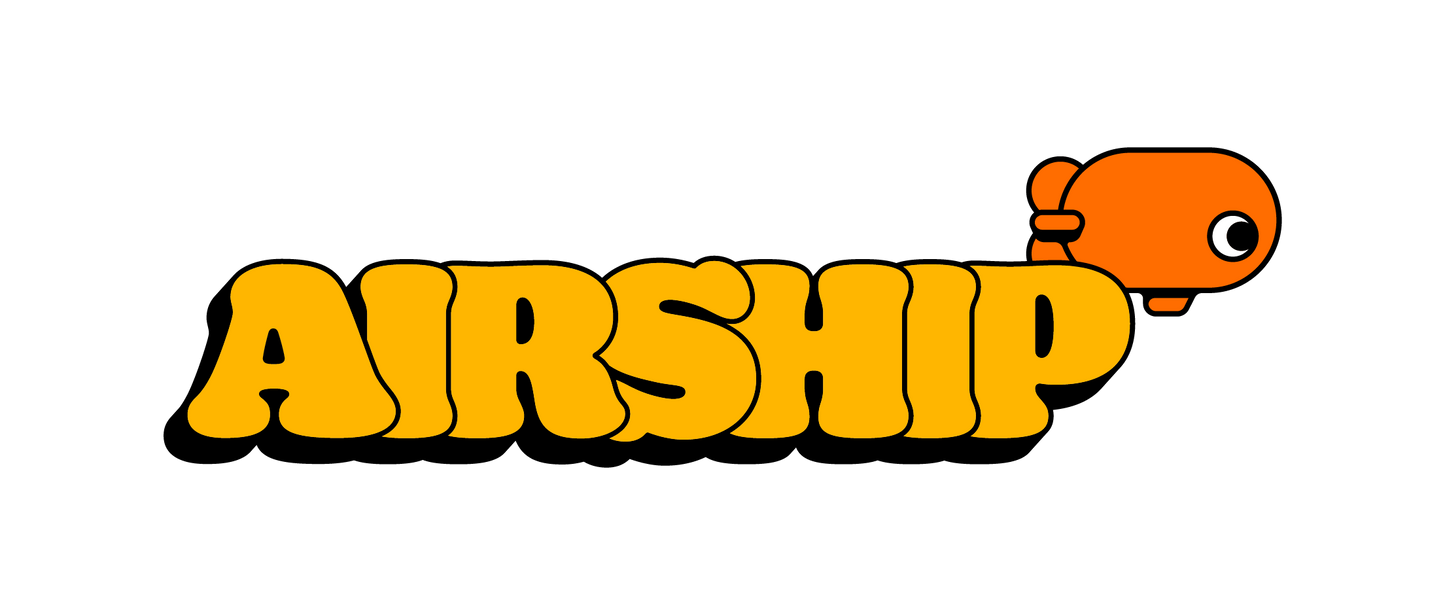
Written by Aaron Morton, Airship's Head of Education.
Picture this: you’ve been a coffee enjoyer for a few months now. You’ve been hopping around your local coffee shops growing more comfortable to the tone set by the local enthusiasts and regulars. You are sitting with the same drink you’ve always gotten - a vanilla caramel latte. And because you’ve just joined the proverbial ‘conversation’ of coffee shop goers, you just finished listening to a podcast about innovation and sustainability. You look at your drink on the table in front of you, and remember Simon Sinek talking about the danger of being stuck in the, 'i've always done it this way,’ mindset. Inspired, nervous, and potentially sweaty, you go back to the counter and boldly ask for….a pourover. Welcome to the other side. It takes some time, but after a while you find yourself surprised as you enjoy drinking coffee as it comes. Not long after, you begin wanting to make coffee at home. Where do you start?
Many of us in the coffee world have had this experience. Knowing that, I hope you feel comfortable to ask questions and find this a place to be curious. There’s a lot of fun to be had, and a lot you can learn. If you are here, and curious about at home brewing, here's what you need to know.
#1 You can have great equipment that doesn't break the bank, but it isn't the cheapest hobby.
There is a wide spectrum of brew methods, scales, gooseneck kettles and grinders you can choose from. High dollar doesn’t always mean better equipment but be prepared to spend a few hundred bucks.
#2 Choose a brew method.
A brew method is the vessel you are brewing with. Things like a Chemex, V60, or Kalita. Each has its own set of challenges and characteristics. I highly recommend beginning with a Kalita. It's the most forgiving and easy to use.
#3 A scale with a timer.
Grind Size, Ratio and Time are three crucial variables you should pay attention to when brewing at home. A 1:16 ratio (25g coffee, 400g water) is a great place to discover how you enjoy drinking your coffee. A scale will help you accurately measure how much coffee and water to brew with. The timer will help measure how long the coffee and water are interacting. I recommend the Hario V60 scale.
#4 A scale is important, but a good grinder is paramount in having a good home brewing experience.
Spend the bulk of your energy finding a quality burr grinder. Anything from Baratza, specifically the Encore, will suit all of your home brewing needs and can be purchased for under $200. Depending on the evenness of your grind size, the longer the coffee sits in the water the stronger your coffee will taste. Time is an indicator not a determining factor to your extraction. If it tastes bitter, hollow, and brewed long it's likely over-extracted. If it's sharp, overly savory and brewed short, it's likely under-extracted. To change that, adjust your grind size. Over extraction can be thought of like water over sand-like particles that have a lot of surface area to pull flavor from. Under-extraction is like water over rock-like particles that have little surface area to pull from.
We practice what we preach, so all of those items are a few clicks away here on our website. Stay tuned for more in depth read about how to brew Ethiopia Kochere, one of our favorite coffees.
Here's a general recipe to get you started.
Chemex: 1:16 ratio = 25g - 400g
|
Time |
Water |
|||
|
Bloom |
0:00 |
0:30 |
50g |
|
|
Break |
0:30 |
1:00 |
150g |
|
|
1st |
1:00 |
1:30 |
300g |
|
|
2nd |
1:30 |
2:00 |
400g |
|
|
Drain |
3:30 - 4 |
|||
